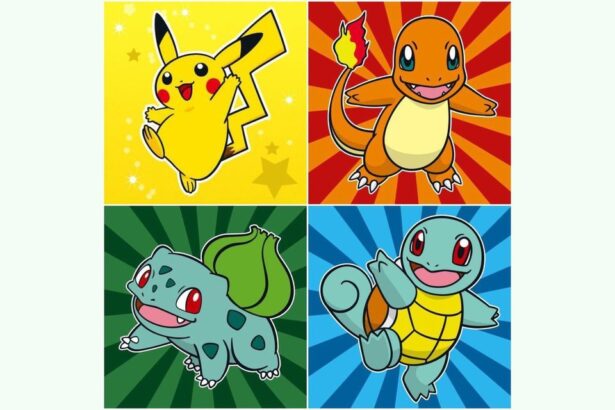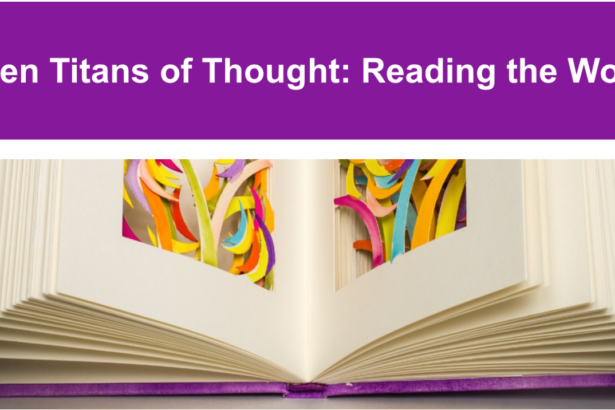Wife. Husband. Son. Daughter. Sister. Friend. Cousin. Aunt. Uncle. Grandmother. Grandfather. Boyfriend. Girlfriend. Survivors.
These are what we are.
Community builders. Taxpayers. Economic developers. Caretakers. Nation enrichers. Loyal advocators. Veteran protectors.
This is what we do.
In America’s bid to categorize us, they often dehumanize us. Vilify us. Demean us. And forget altogether that we are humans. We enter this country because of promises made to the world of a safe harbor. But once we get here, the truth, the reality, is far different than we could have imagined. We learn quickly to distrust, to go silent, to blend into the walls and trees, we learn to not exist on the main stage, we can only be tolerated on the peripheries of people’s consciousness. So, we bend. We twist. We die. Our stories, untold. Our struggles a suffocating inhalation and exhalation of people’s judgments.
A YouTube podcast platform to open our lungs and breathe out our stories isn’t original. It isn’t the first time. But it sure is needed. Even though the U.S. is saturated with Diversity, Equity, and Inclusion social just warriors and conversations, very little space is given to the immigrant experience. My project is utilizing an existing platform, YouTube, to center the immigrant, the foreigner, the alien, and the illegal. To humanize them. To humanize us. For once, we want to exist on the main stage as the sons and daughters that we are, as the friends and community partners to our native counterparts that we are. Learning design as I’ve explored is about centering the people in the learning environment, not the other way around. It’s not about the inanimate, the space, or even the content. It’s about people. Every space can be configured as a space of learning within the right context. Our stories, our journeys…. we want the world to hear them, and what better platform is there to do so than YouTube? I chose to do a visual podcast because there is no one type of immigrant. It is incredible how easily most Americans think they can identify an immigrant by looks alone. But immigrants, the people who have migrated, come from all over the world. The earth is a fascinating tapestry of people in all shapes, colors, and sizes. I believe it is just as important for people to hear our voices, accents, and stories, as it is for them to see us, read our faces, our emotions, and our body language. To see the human in us. The eye is the window to the soul some say, it is in the soul that we find compassion for one another. That is the principle that guided my learning design for this project.



